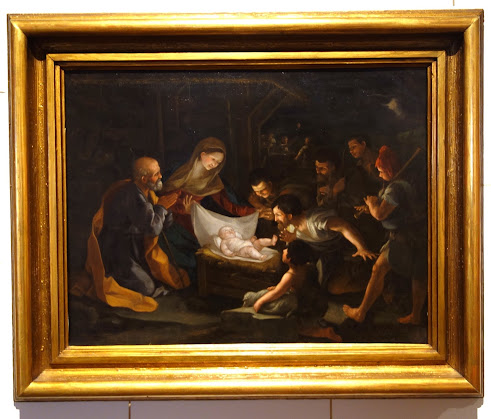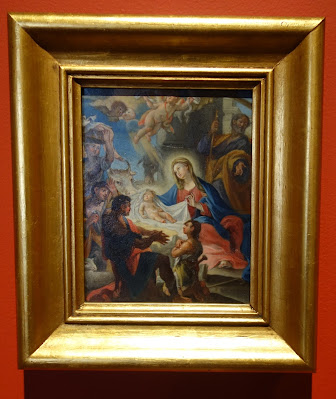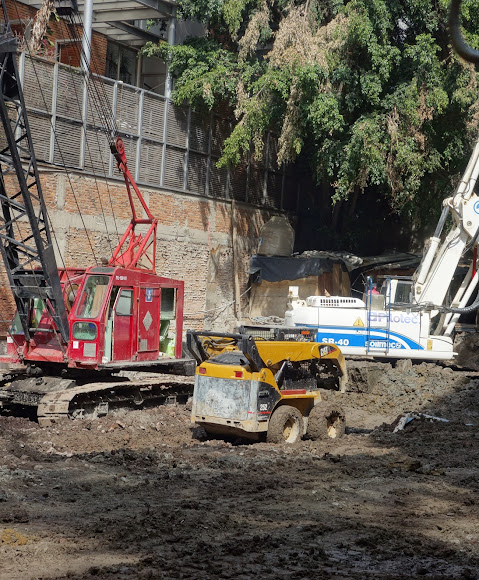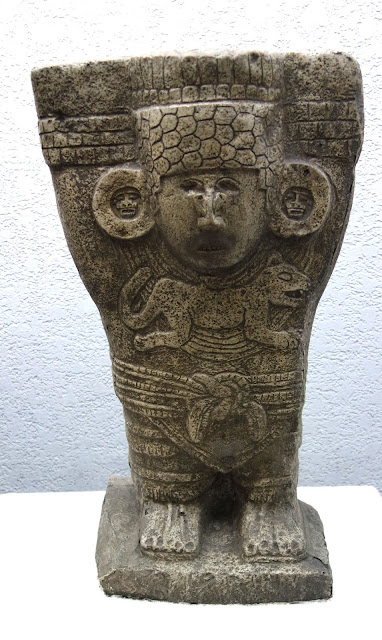Recently I bought a bilingual cookbook of Mexican salsas that I found at Walmart.
This week I decided to make one of the recipes from the book. I chose a roasted green sauce and bought the necessary ingredients at the market.
The recipe called for a half kilo (about a pound) of fresh "tomatillos". "Tomatillos" are not just little unripe tomatoes. They are a distinct plant native to Mexico that are very distantly related to the tomato. They have been cultivated since pre-Hispanic times and were more important than the tomato in the cuisine of the Mayas and Aztecs. They are covered with a papery husk. The husks had already been removed when I bought them.
I also needed one quarter of a white onion, three serrano peppers, seeded and deveined, and three large cloves of garlic.
The recipe also called for a couple of tablespoons of chopped cilantro leaves. I didn't add cilantro, not because I don't like the flavor, but because you have to buy a big bunch of it. Most of it goes to waste.
I roasted the ingredients on a "comal"... a griddle used by all Mexican cooks. I had purchased a "comal" at Woolworths some time ago. The vegetables are roasted until they have become charred.
The ingredients are then put in a blender, although the author said that traditionally, everything was ground in a "molcajate", a mortar and pestle made of volcanic stone. I have a "molcajete", so I decided to grind the salsa the old-fashioned way. I added salt to taste.
The salsa came out very tasty. When I make it again, however, I will opt for using the blender. The "tomatillos" are difficult to grind by hand. Although I like my salsa chunky, there were still pieces of "tomatillo" skin. Nevertheless, the taste was very authentic, and I have been enjoying fresh green sauce all week.



















































